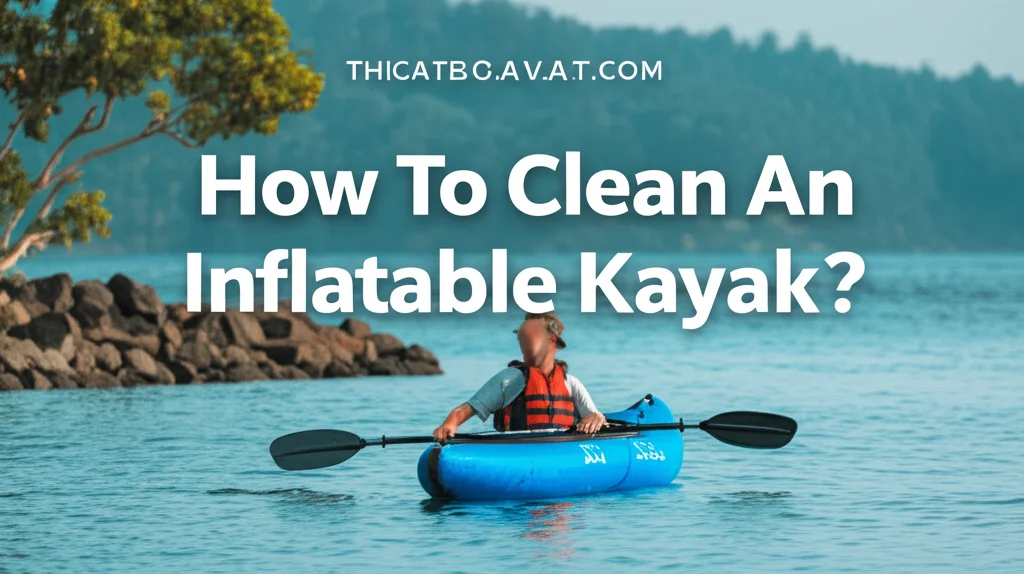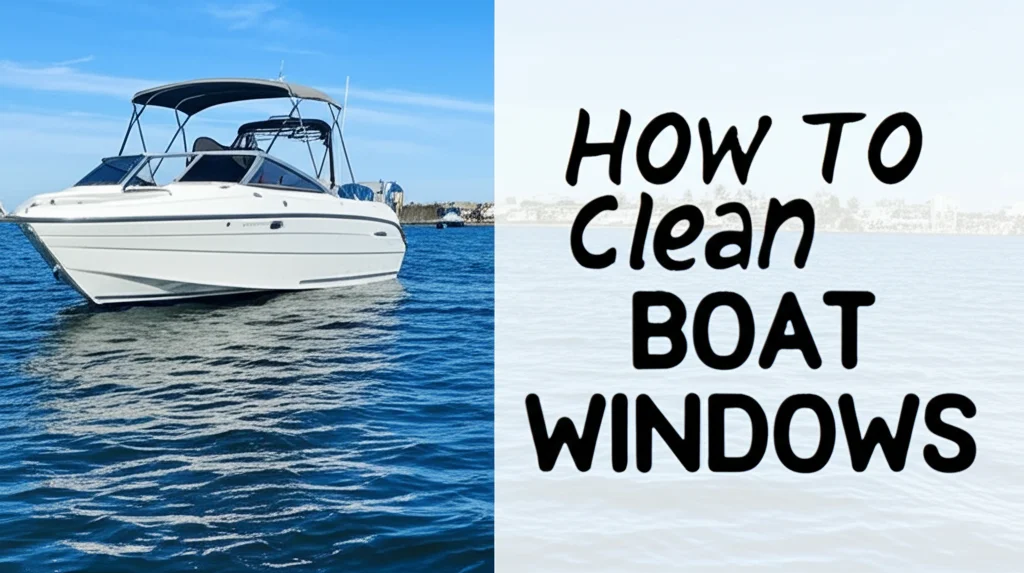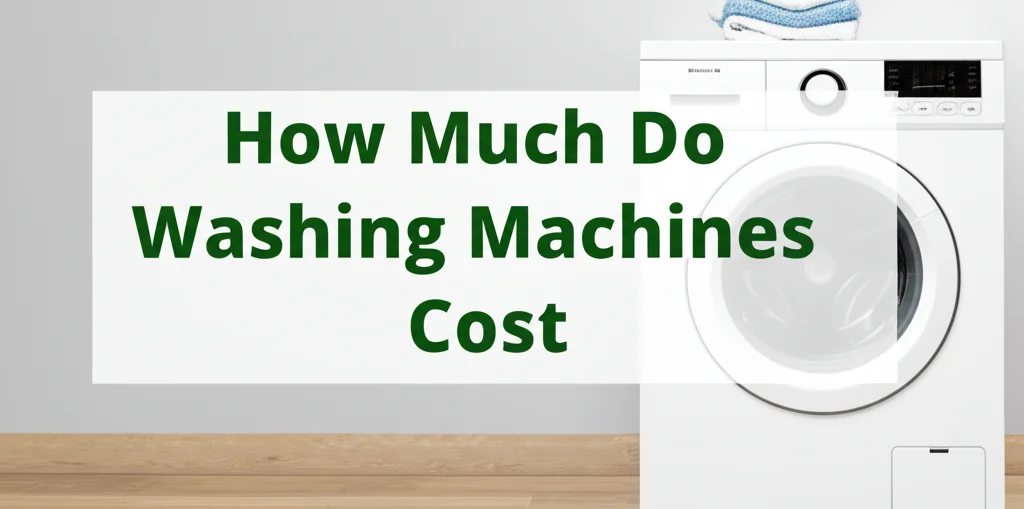· Outdoor Recreation · 7 min read
How To Clean An Inflatable Kayak?

Keeping Your Kayak Fresh: How To Clean An Inflatable Kayak?
Have you just finished an amazing day paddling in your inflatable kayak? It’s easy to want to just deflate and store it, but taking a little time to clean your kayak will significantly extend its life and keep it looking its best. Cleaning an inflatable kayak isn’t difficult, and this guide will walk you through everything you need to know. We’ll cover everything from a quick rinse after each use to a more thorough cleaning for stubborn dirt and grime. This article will show you how to properly clean your inflatable kayak, ensuring it’s ready for your next adventure.
Takeaway:
- Rinse your kayak after every use.
- Use mild soap and water for regular cleaning.
- Avoid harsh chemicals and abrasive cleaners.
- Ensure the kayak is completely dry before storing.
- Protect your kayak from UV damage during storage.
Cleaning your inflatable kayak regularly is essential for maintaining its condition and preventing damage.
Why Cleaning Your Inflatable Kayak Matters
Think of your inflatable kayak like any other piece of outdoor gear – it’s exposed to the elements. Sun, salt water, sand, dirt, and even algae can all take a toll on the material over time. Regular cleaning removes these contaminants, preventing them from causing damage like fading, cracking, or weakening the seams. A clean kayak is a happy kayak, and a happy kayak means more fun on the water for you! Ignoring cleaning can lead to costly repairs or even the need to replace your kayak sooner than expected.
Quick Rinse: After Every Adventure
The simplest and most important step in kayak cleaning is a quick rinse after each use. This removes loose debris like sand, dirt, and saltwater. Don’t underestimate the power of a quick rinse; it prevents buildup and makes deeper cleaning much easier. Here’s how to do it:
- Fresh Water: Use a garden hose with a gentle spray nozzle. Avoid high-pressure settings, as these can damage the material.
- Rinse Thoroughly: Pay attention to all areas of the kayak, including the bottom, sides, and any crevices.
- Valve Check: Briefly open and close the valves to flush out any water that may have entered.
- Dry Briefly: Wipe down with a clean towel to remove excess water.
Deep Cleaning: When It Really Needs It
Sometimes a quick rinse just isn’t enough. If your kayak has accumulated stubborn dirt, grime, or algae, it’s time for a deep clean. This process takes a bit more effort, but it’s worth it to keep your kayak in top condition. A deep clean should be done at least a few times per season, or more often if you use your kayak frequently in dirty water.
What You’ll Need
- Mild Soap: Dish soap works well, but make sure it’s non-abrasive.
- Soft Sponge or Cloth: Avoid anything abrasive that could scratch the material.
- Bucket: For mixing your cleaning solution.
- Garden Hose: For rinsing.
- Kayak Protectant (Optional): To help protect against UV damage.
The Deep Cleaning Process
- Inflate the Kayak: Fully inflate the kayak for easier cleaning.
- Mix Cleaning Solution: Combine a small amount of mild soap with warm water in your bucket.
- Apply and Scrub: Gently apply the soapy water to the kayak using your soft sponge or cloth. Scrub in circular motions, paying attention to areas with dirt or grime.
- Rinse Thoroughly: Use the garden hose to rinse away all the soap. Make sure no soap residue remains.
- Inspect: Check for any remaining dirt or grime and repeat the process if necessary.
- Apply Protectant (Optional): A kayak protectant can help shield the material from UV damage, extending its lifespan. You can find these at most outdoor retailers.
Dealing with Specific Stains and Issues
Sometimes you’ll encounter specific stains or issues that require a little extra attention. Here’s how to tackle some common problems:
- Saltwater: Saltwater is particularly corrosive. Always rinse your kayak thoroughly with fresh water after exposure to saltwater.
- Algae: Algae can leave green stains. Use a slightly stronger soap solution and a soft brush to remove it.
- Oil or Grease: Dish soap can help cut through oil and grease. You may need to repeat the cleaning process several times.
- Bird Droppings: Remove bird droppings as soon as possible. They can be acidic and damage the material.
- Stubborn Stains: For really stubborn stains, you can try a specialized boat cleaner, but always test it in an inconspicuous area first to ensure it doesn’t damage the kayak. If you’re unsure, consult the kayak manufacturer’s recommendations.
Drying and Storing Your Inflatable Kayak
Proper drying and storage are just as important as cleaning. Storing a wet kayak can lead to mold and mildew growth, which can damage the material. Here’s how to do it right:
- Deflate Completely: Ensure the kayak is fully deflated.
- Dry Thoroughly: Lay the kayak out in a well-ventilated area to dry completely. You can use a clean towel to wipe down any remaining water. Avoid direct sunlight, as this can cause fading.
- Fold or Roll: Once dry, fold or roll the kayak according to the manufacturer’s instructions.
- Store in a Cool, Dry Place: Store the kayak in a cool, dry place away from direct sunlight and extreme temperatures. A storage bag is recommended to protect it from dust and debris. Consider a climate-controlled environment if possible.
Protecting Your Investment: UV Damage Prevention
UV rays from the sun can degrade the material of your inflatable kayak over time, causing it to become brittle and crack. Protecting your kayak from UV damage is crucial for extending its lifespan. Here are a few tips:
- Store Indoors: When not in use, store your kayak indoors or in a shaded area.
- Use a Kayak Protectant: Apply a kayak protectant regularly to help shield the material from UV rays.
- Limit Sun Exposure: Try to avoid prolonged exposure to direct sunlight while kayaking.
- Consider a Cover: If you must store your kayak outdoors, use a waterproof cover to protect it from the elements.
If you’re looking for ways to keep your home clean, you might find this article on how to clean hardwood floors with vinegar helpful. It offers simple, effective cleaning solutions for another important area of your life.
Frequently Asked Questions (FAQs)
Q: Can I use a pressure washer to clean my inflatable kayak?
A: No, absolutely not. Pressure washers can easily damage the material of your kayak. Always use a gentle spray from a garden hose and a soft sponge or cloth.
Q: What type of soap should I use?
A: Use a mild, non-abrasive soap like dish soap. Avoid harsh chemicals, bleach, or abrasive cleaners, as these can damage the kayak’s material.
Q: How often should I deep clean my kayak?
A: Deep clean your kayak at least a few times per season, or more often if you use it frequently in dirty water. A quick rinse after each use is essential regardless.
Q: Can I use a bleach solution to remove algae?
A: While bleach can kill algae, it can also damage the kayak’s material. It’s best to avoid bleach and use a specialized boat cleaner or a stronger soap solution instead. Always test in an inconspicuous area first.
Q: How do I remove stubborn stains from my kayak?
A: Try a specialized boat cleaner, but always test it in an inconspicuous area first. You can also try a paste of baking soda and water, but be gentle and rinse thoroughly.
Conclusion: Keeping Your Kayak Ready for Adventure
Cleaning your inflatable kayak is a simple yet crucial task that will significantly extend its life and ensure you have many more enjoyable adventures on the water. Remember to rinse after every use, deep clean regularly, dry thoroughly, and protect it from UV damage. By following these tips, you can keep your inflatable kayak in top condition for years to come. So, get out there, enjoy the water, and then take a few minutes to show your kayak some love! Don’t forget to check out our other cleaning guides, like this one on how to clean vinyl plank flooring, for more helpful tips on keeping your gear and home sparkling clean.




